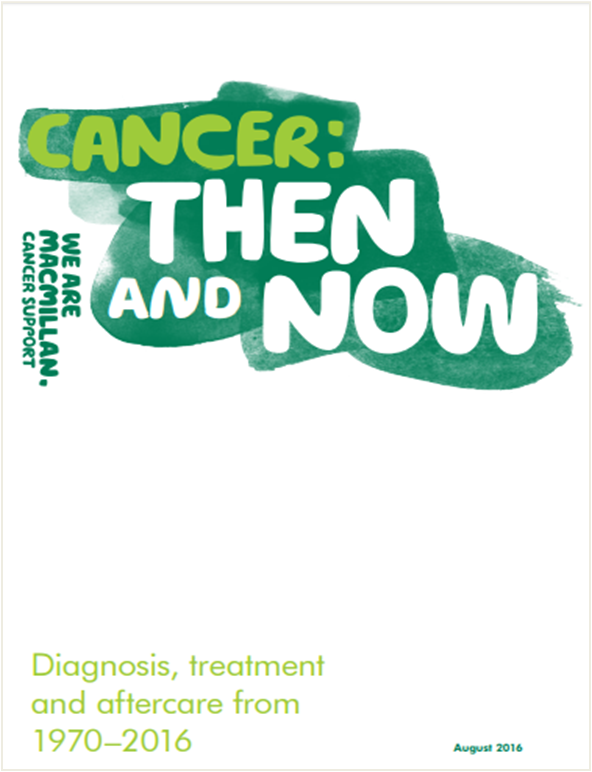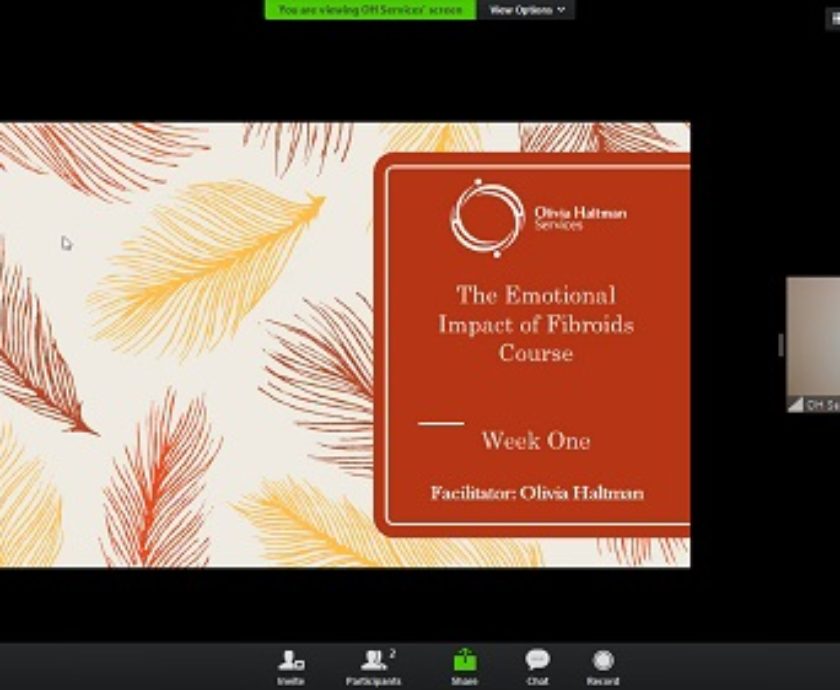There are several medical procedures used to treat fibroids. Some of these result in infertility and because of this, as well as unease with these procedures, many women are seeking less invasive more “natural” options. But, are these effective?
One area that has been explored is the use of green tea extract which has been used for a variety of medical reasons with some success.
What research has been done?
To explore this area we’ll be looking at a research paper published in the International Journal of Women’s Health in 2013 – ‘Treatment of symptomatic uterine fibroids with green tea extract: a pilot randomised controlled clinical study.’
Why green tea extract?
In the research paper, the investigators described why they decided to look at green tea extract. They explained that green tea contains epigallocatechin gallate which has been shown to have useful biological effects. These include: anti-inflammatory, anti-proliferative (stops cells from growing) and antioxidant effects.
They stated that a study conducted by the US Department of Agriculture reported that great tea has an anti-cancer effect. Additionally, they quoted further research that showed that green tea stops the growth of tumours. From these studies, it is safe to conclude that as fibroids are benign tumours green tea extract may be an effective treatment.
Furthermore, at the time of conducting their research, there were no effective drug treatment for fibroids. So there was a need to explore this area to explore the possibility of developing the first drug treatment.
The researchers had also conducted some preliminary work, not on humans but on fibroid cells grown in their lab and in a mouse model of fibroids. This was very promising with their experiments on the fibroid cells showing that green tea extract caused the cells to stop growing and die. Whilst in the mouse model they saw a significant amount of fibroid shrinkage.
What did they do?
The researchers conducted a small clinical study which included 33 women with fibroids. Twenty-two women were given green tea extract and eleven women were not. To ensure the outcome of the study wasn’t compromised, the women taking part and the study staff didn’t know who was receiving the extract and who wasn’t (double blind study). The treatment lasted for four months and women were followed up monthly.
The aim of the study was to determine whether treatment with green tea extract could:
- reduce the size of a patient’s fibroids;
- reduce the severity of symptoms; and
- improve quality of life.
What were their findings?
When looking at those women who were given green tea extract the researchers determined that, on average, the size of their fibroids decreased by 32.6%. Meanwhile those women who didn’t receive the extract actually experienced an average increase in the size of their fibroids of 24.2%.
The researchers then looked at the severity of symptoms and a similar trend was seen. In the women given green tea extract there was a significant decrease in the severity of their symptoms, but there was an increase in symptom severity in those not treated.
Next, the researchers analysed quality of life. They found that the overall average increase in the quality of life score in women treated with green tea extract was 20.7 (i.e. their quality of life improved significantly). But in women not treated with green tree extract there was only a 2.19 increase in their quality of life score.
Finally, the study looked at menstrual bleeding and they were able to show that green tea extract caused a significant decline in average blood flow, there was no such effect seen in women not treated.
Conclusions
Based on their findings the researchers concluded that:
“… green tea extract has a significant positive effect on the reduction of uterine fibroid burden and symptoms severity. Thus, administration of green tea extract could possibly be an effective oral treatment.”
The Limitations of this Research
It is worth bearing in mind that this was a very small study with only 33 women taking part. This study needs to be repeated on a larger scale to confirm this finding and ensure its accuracy.
To find out more about this study you can read the full paper below.












